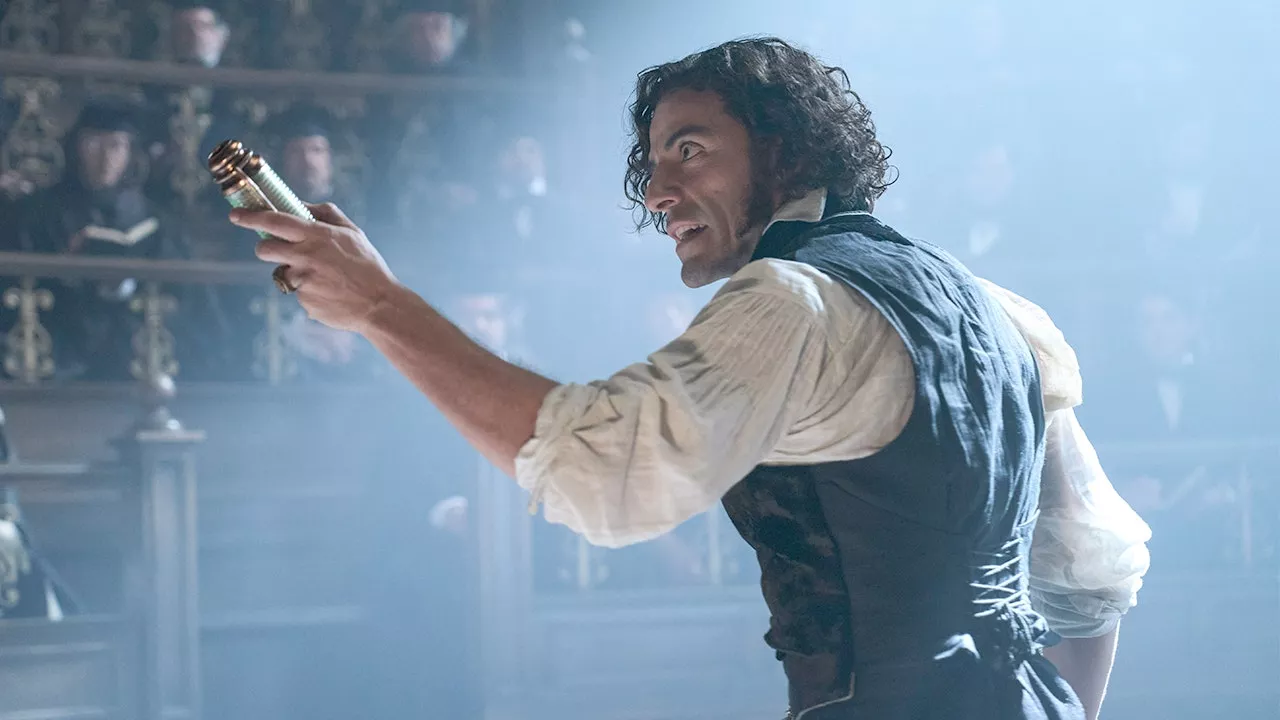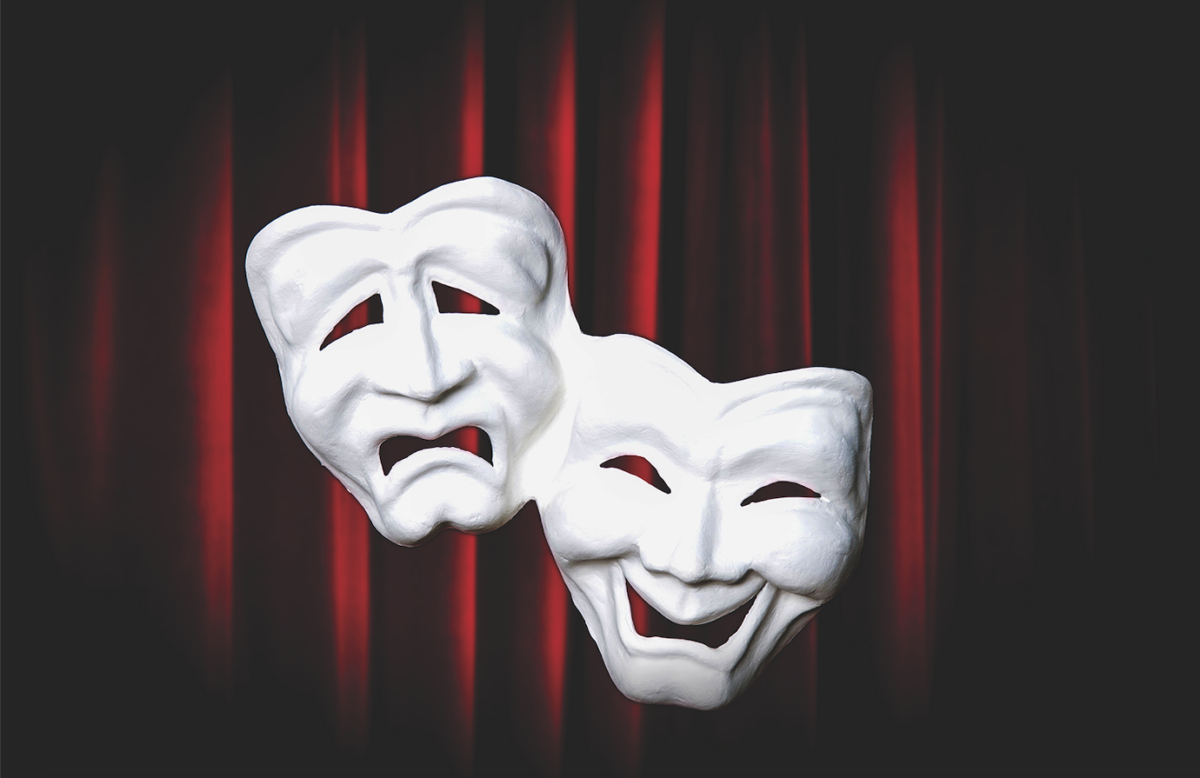New reports confirm the release of an exciting list ranking the 10 most visually stunning movies of the last 50 years, showcasing the incredible artistry that defines modern cinema. This ranking, just unveiled, highlights films that have uniquely captivated audiences with their breathtaking visuals and compelling storytelling.
Why does this matter right now? With the cinematic landscape constantly evolving, these films stand out as benchmarks of visual excellence, influencing both filmmakers and viewers alike. They represent the pinnacle of artistic achievement in film, making them essential viewing for any movie enthusiast.
Among the top contenders, The Assassination of Jesse James by the Coward Robert Ford has been hailed as a visual masterpiece directed by Andrew Dominik and shot by celebrated cinematographer Roger Deakins. The film, released on October 19, 2007, features a dream-like aesthetic that reflects its bleak themes. Deakins utilized unique techniques, including a dulled color palette and special lenses, to create a hauntingly beautiful experience that resonates deeply with viewers.
Another standout is Raging Bull, directed by Martin Scorsese. Known for its gritty portrayal of boxing, the film’s stark black-and-white cinematography captures the raw emotion and violence of the sport, making it a timeless classic. The immersive visuals draw audiences into the world of Jake LaMotta, played by Robert De Niro, in a way that few films can match.
The ranking also celebrates animated films, with Spider-Man: Across the Spider-Verse earning high praise for its innovative animation style. This sequel expands on the comic book aesthetic of its predecessor, creating a stunning visual journey through different dimensions. Each character and world is uniquely styled, showcasing the creativity and artistry that define modern animated cinema.
Other notable entries include The Last Emperor, a sweeping historical epic that won multiple Academy Awards for its lavish visuals and bold use of color. Also featured is The Tale of Princess Kaguya, from Studio Ghibli, which employs a distinctive watercolor style that enhances its emotional depth.
As these films continue to inspire and influence filmmakers around the world, audiences are reminded of the power of visual storytelling. This list not only serves as a celebration of artistic achievement but also ignites discussions about the evolving nature of cinema.
What happens next? Film enthusiasts can look forward to re-watching these classics or discovering them for the first time. As discussions unfold on social media platforms, this ranking is set to spark debates about personal favorites and the future of visual storytelling in film.
For more insights on these visually stunning films and their impact on cinema, stay tuned for updates and explore related content that dives deeper into the art of filmmaking.







